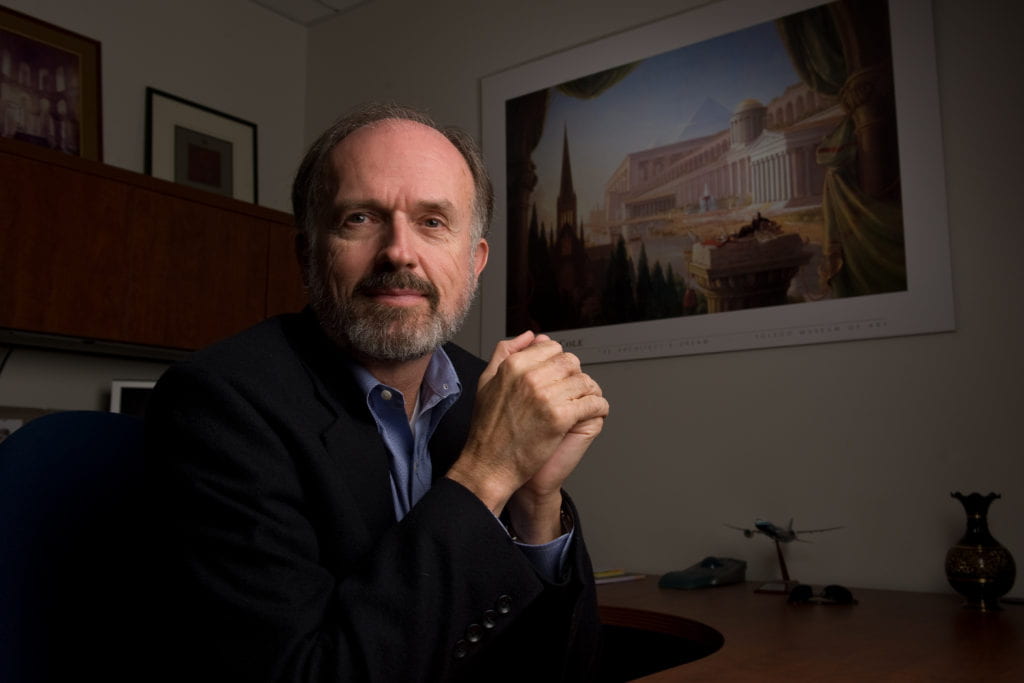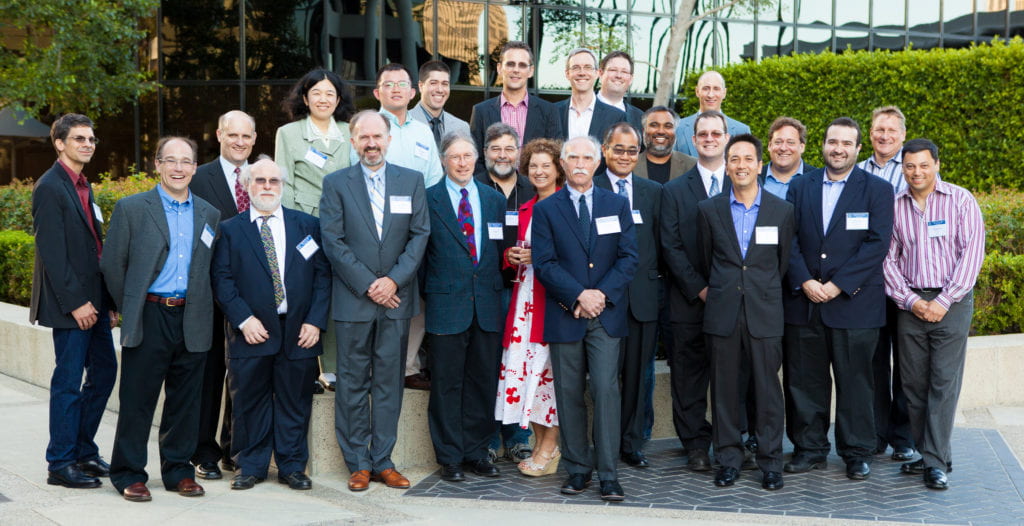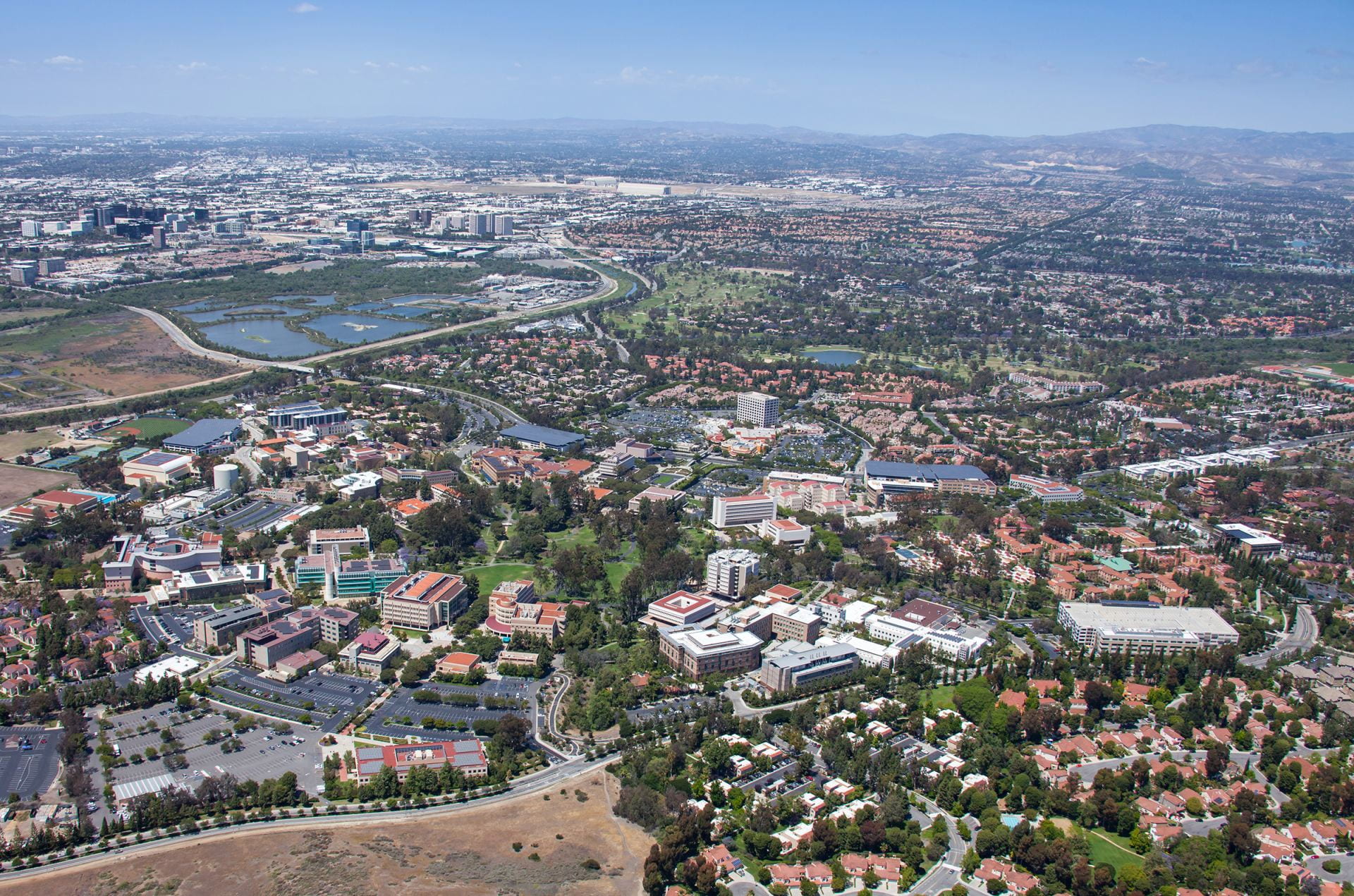Master mentor
Professor Emeritus Dick Taylor and the 30 Ph.D. students he has supervised have transformed the field of ICS
When Michael Gorlick decided to return to school for his doctorate after a successful career as a software engineer and researcher in private industry, he had a very specific plan. He wanted to attend UC Irvine’s Donald Bren School of Information & Computer Sciences, and he wanted then-Chancellor’s Professor Richard N. “Dick” Taylor to be his adviser.
Taylor, now a professor emeritus at UC Irvine, and Gorlick had first met in the mid-’70s as graduate students in Canada. “He’s actually two or three months younger than I am,” Gorlick notes with a smile. While Taylor returned to academia after a brief stint with Boeing, Gorlick remained in the business world. They “bumped into each other” in the late ’80s, Gorlick says, and collaborated on several projects over the years.
In April 2004, they connected once again, at a conference. “I cornered him and asked if he would be willing to advise me as a doctoral student at UCI,” recalls Gorlick, who was 52 years old at the time. “The look of astonishment on his face is a treasured memory for me.”
When Taylor agreed to take him on, Gorlick joined a remarkable roster of Ph.D. candidates who flourished under Taylor’s tutelage, including Roy Fielding ’88, M.S. ’93, Ph.D. ’00, a principal author of HTTP (Hypertext Transfer Protocol); and Jim Whitehead, M.S. ’94, Ph.D. ’00, considered the father of WebDAV (Web Distributed Authoring and Versioning).
Taylor’s work on software architecture has earned numerous accolades; he literally wrote the book on the subject. He was founding chair of the Bren School’s Department of Informatics and will remain director of UC Irvine’s Institute for Software Research for at least the rest of the 2013-14 academic year.
“Dick Taylor has long anchored the outstanding reputation that UC Irvine enjoys in the field of software engineering,” says André van der Hoek, professor and current chair of informatics. “Few people can say they have impacted the experience of everyone who uses a computer, tablet or modern cellphone. Dick is one of them.”
Taylor, who formally retired in June, looks back on his 31-year career at UC Irvine with fond memories of the “big projects” he pursued. But what stands out the most are the students.
“It was the grad students who drew me to UCI in the first place,” says Taylor, 61. “I had several job offers back then, and I picked UCI because I was more impressed by the students here than at any other school I visited. And it’s been the students who’ve kept me here – and who’ve been the really fun part of the job.”
He has supervised 30 current and former Ph.D. students – a large number, even for a long and distinguished career. Many of them went on to become professors themselves, including Whitehead, chair of computer science at UC Santa Cruz; Nenad Medvidović, M.S. ’95, Ph.D. ’99, associate chair of computer science at USC; Ken Anderson ’90, M.S. ’92, Ph.D. ’97, associate chair of computer science at the University of Colorado; and Michal Young, M.S. ’85, Ph.D. ’89, former chair of computer & information science at the University of Oregon.
Well known for his hands-off approach with advisees, Taylor says: “I always tell prospective students who want to work for me that I don’t micromanage. If you need me to watch over you on a daily basis to keep you on track, then I’m not your guy.”
“He gives doctoral students an enormous amount of rope with which to hang themselves,” jokes Gorlick, now a Ph.D. candidate who plans to defend his dissertation later this year. “And because he does that, he’s gotten some incredible work, some groundbreaking research results.”
Medvidović explains the dynamic: “I felt like he gave me enough space to express myself but that I was part of a collaborative relationship. Some advisers want to make you know that you’re the student and they’re the professor. Dick made me feel like an equal.”
Their collaboration has only deepened over the years. In 2009, Taylor, Medvidović and Eric Dashofy, Ph.D. ’07, another Taylor graduate, published the textbook Software Architecture: Foundations, Theory and Practice.
In addition to his collegial style, Taylor developed a reputation for accepting students who took less-than-traditional paths to earning their Ph.D. Gorlick’s relatively late return to academia is one example. Fielding switched from another adviser to Taylor, as did Holly Hildreth, Ph.D. ’96, who notes that her research topic wasn’t necessarily the best fit with Taylor’s own work.
“But he never asked me to change direction, which would have been his prerogative,” recalls Hildreth, now a software safety engineer. And while Taylor did help her with the substance of her dissertation, she says, his greatest contribution was instilling in her the confidence she needed to finish it.
Taylor says that retirement will offer him bigger “chunks of time to do things” – including working on the second edition of Software Architecture, as well as a new textbook on software engineering.
“My wife likes to garden,” he adds. “I told her, ‘I’m not gardening.’ Yet in the last week, I’ve spent more time gardening than I have in my entire life.”
Of course, Taylor spent more than three decades devoted to a different sort of cultivation – and the fruits of that labor won’t soon forget him.
“Dick’s greatest role has been to collaborate with a wide range of students on the cutting edge of research, as well as to unselfishly promote our work,” Fielding says. “He has changed the world in so many ways – far more than any one person could have done alone.”


